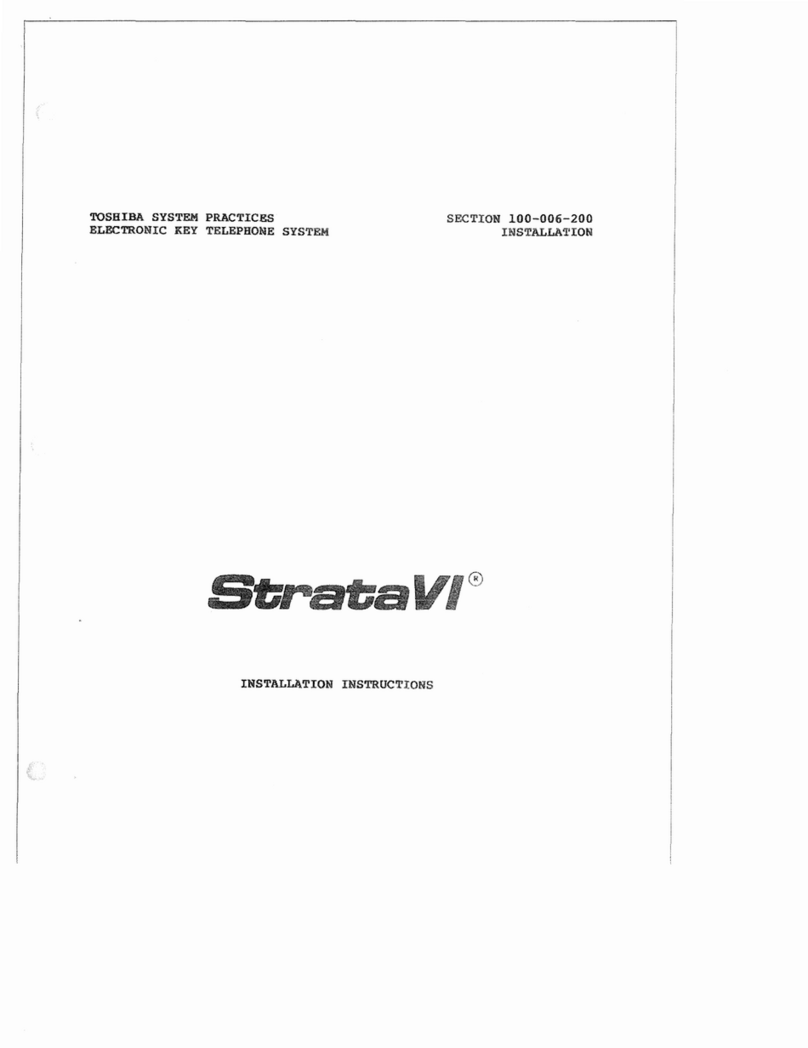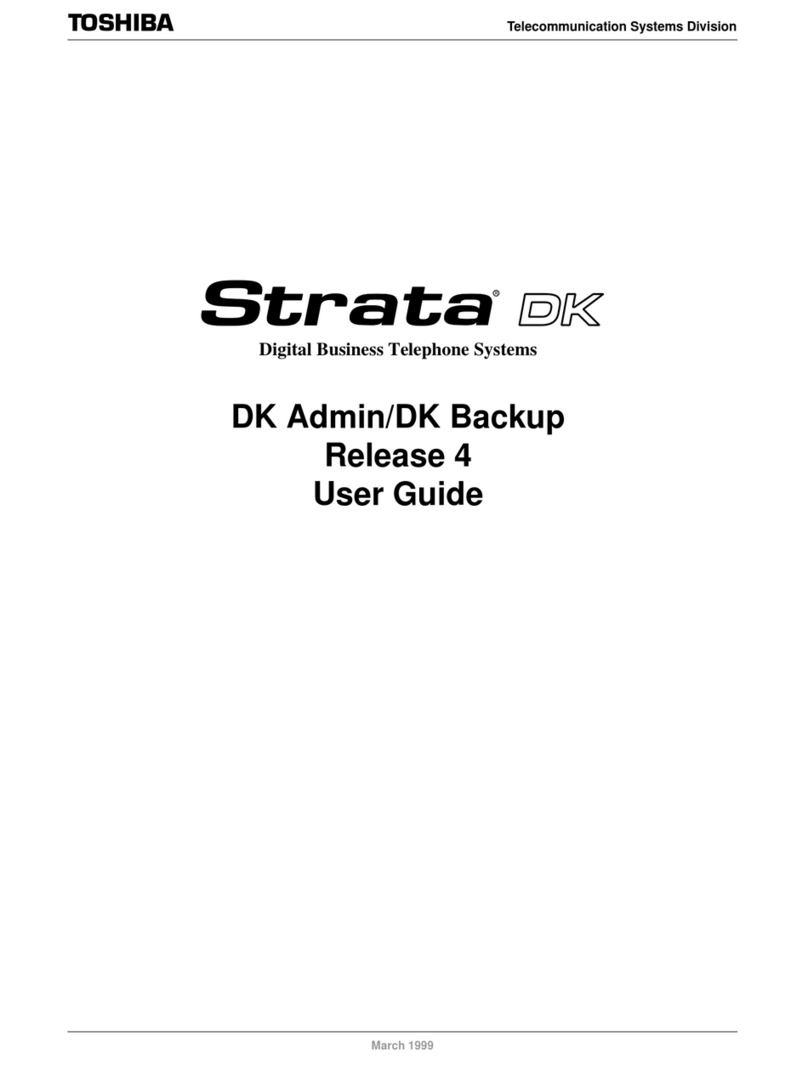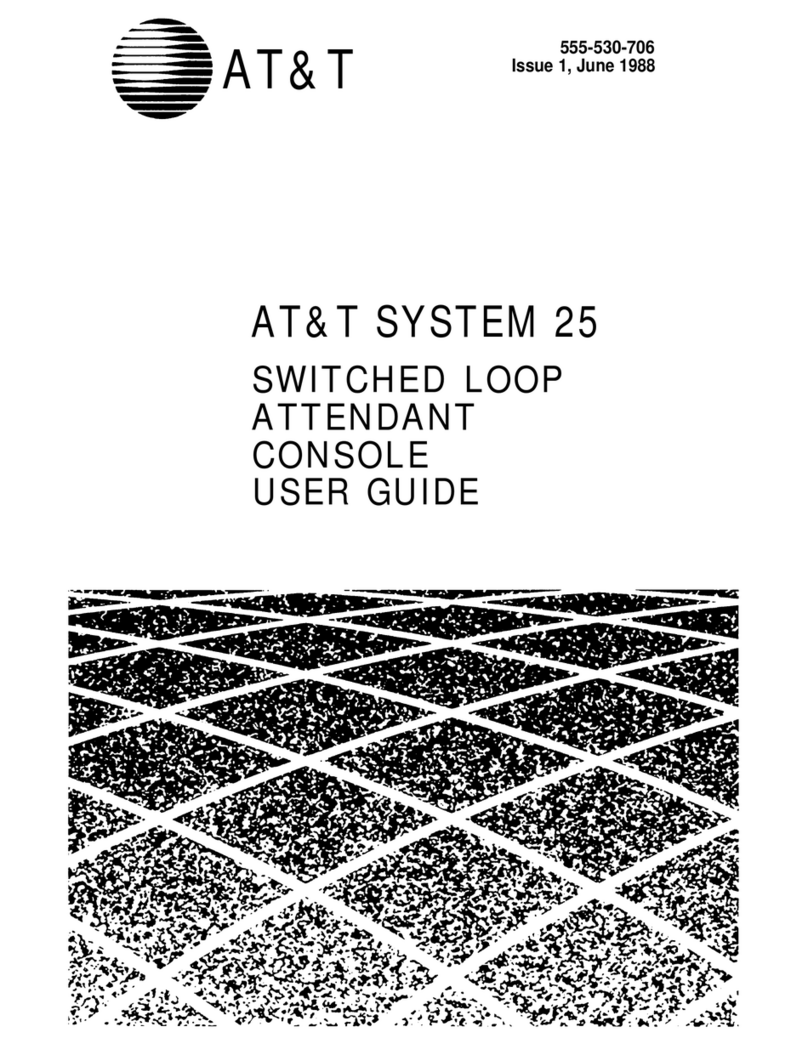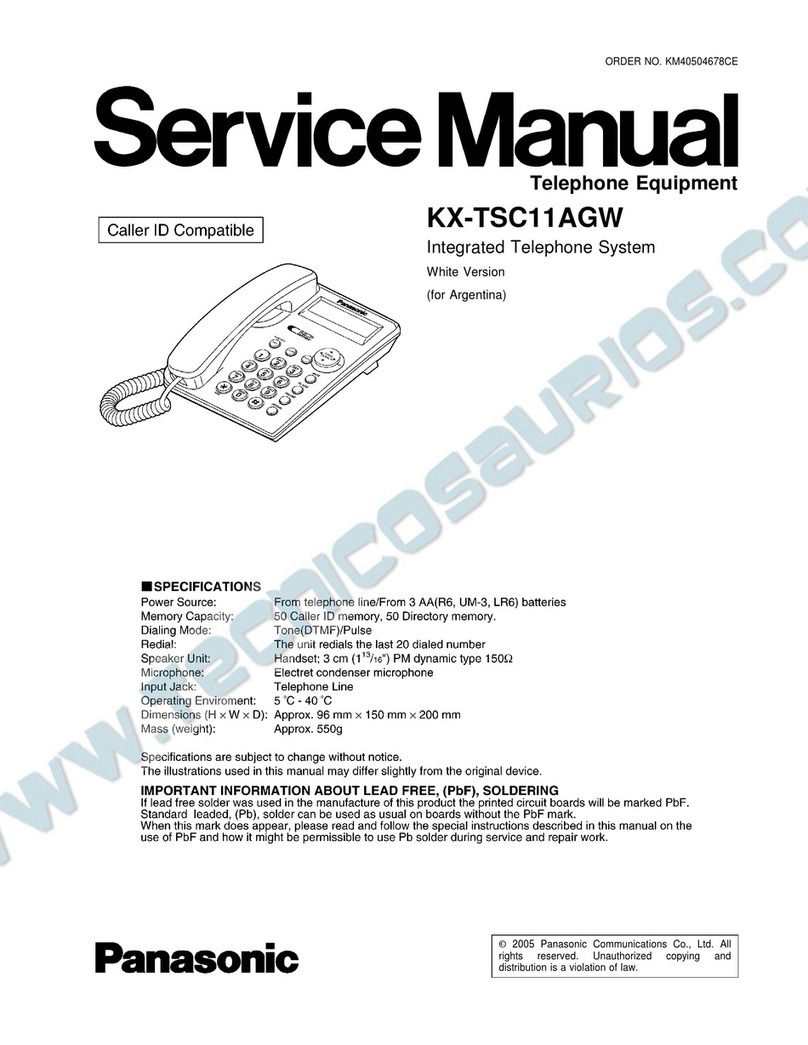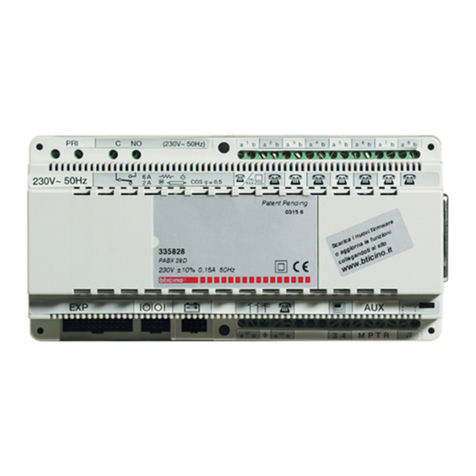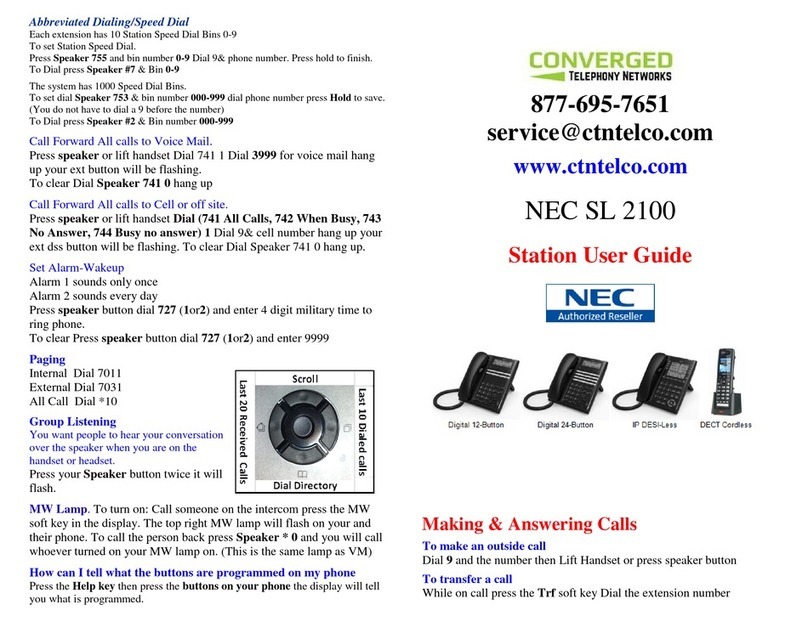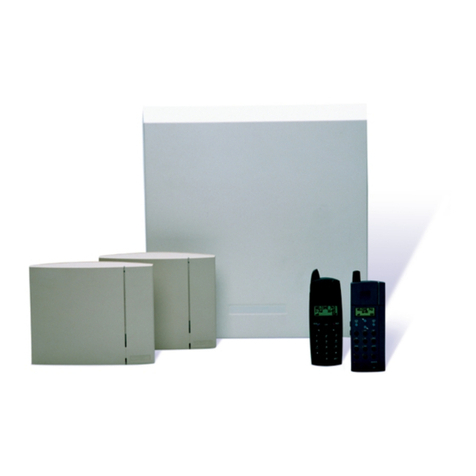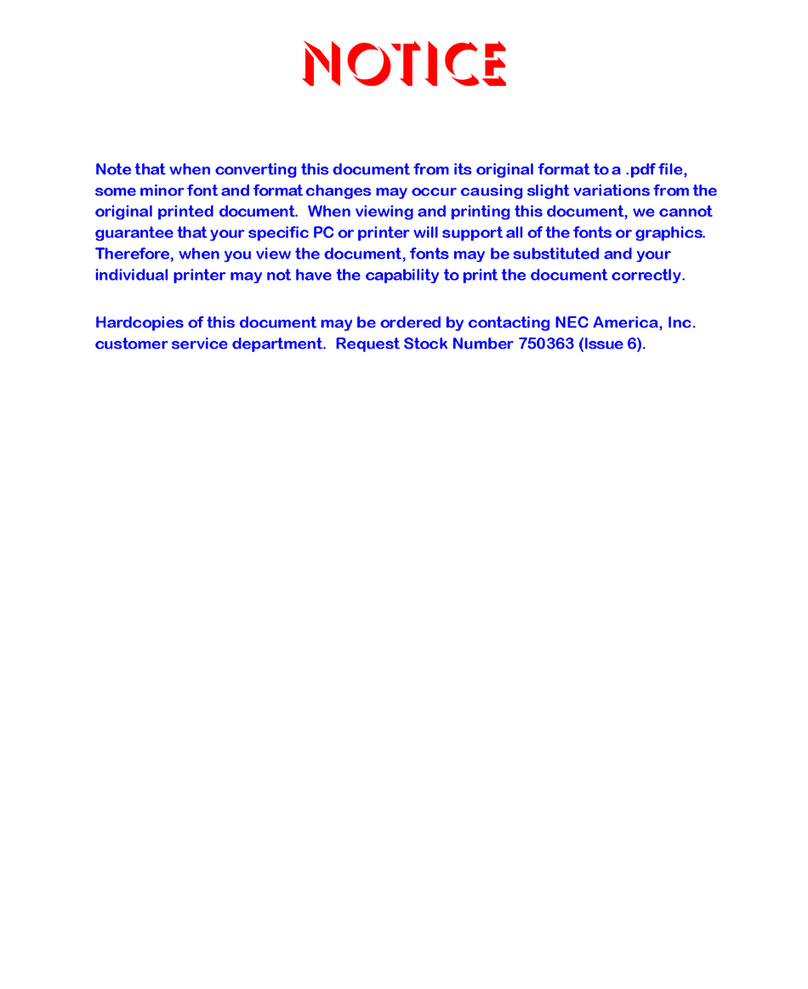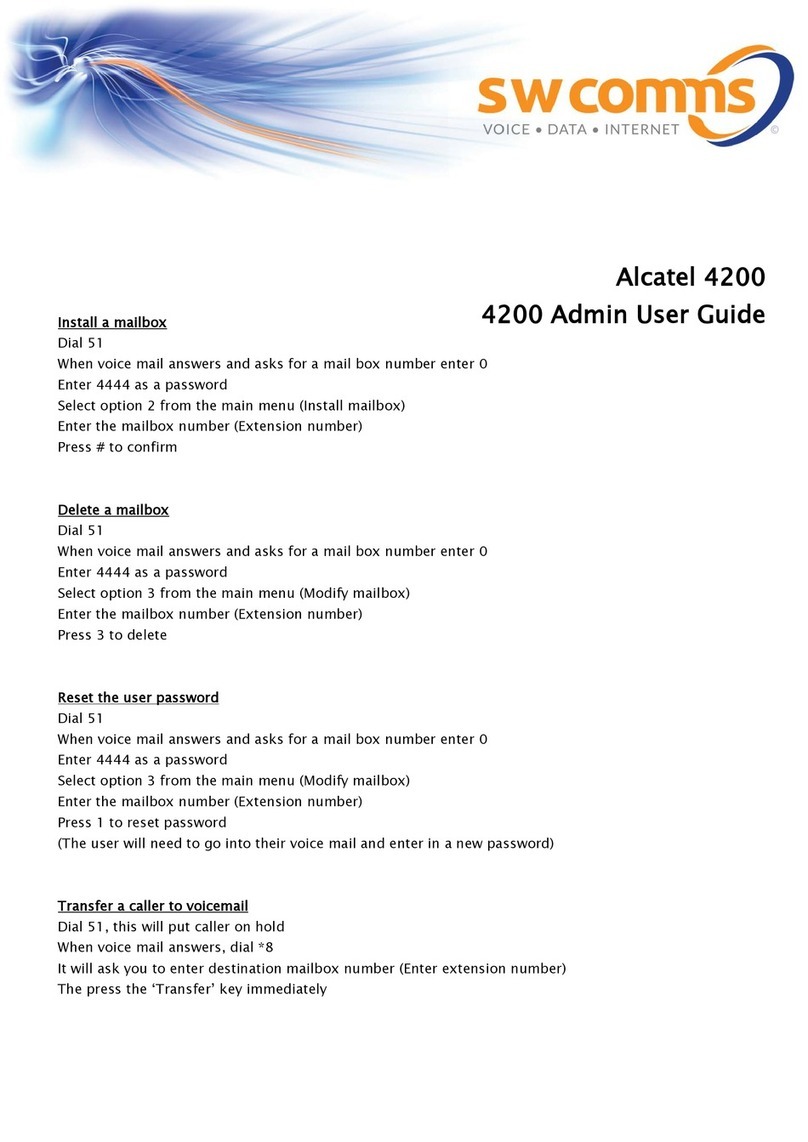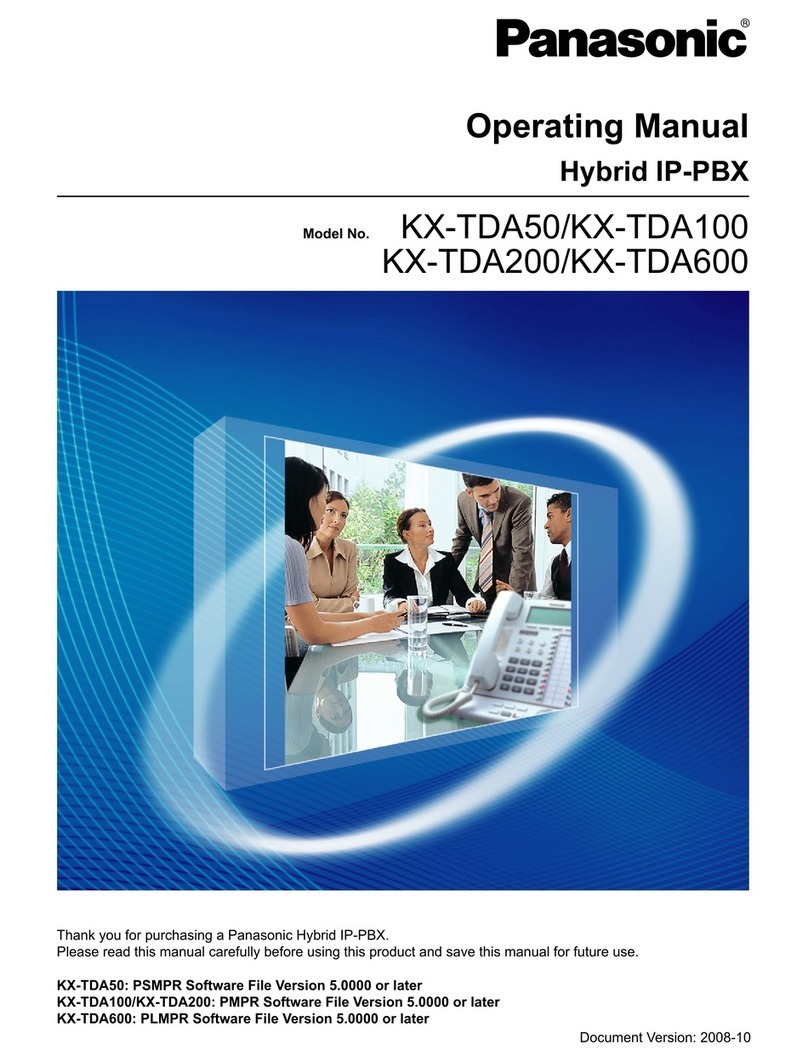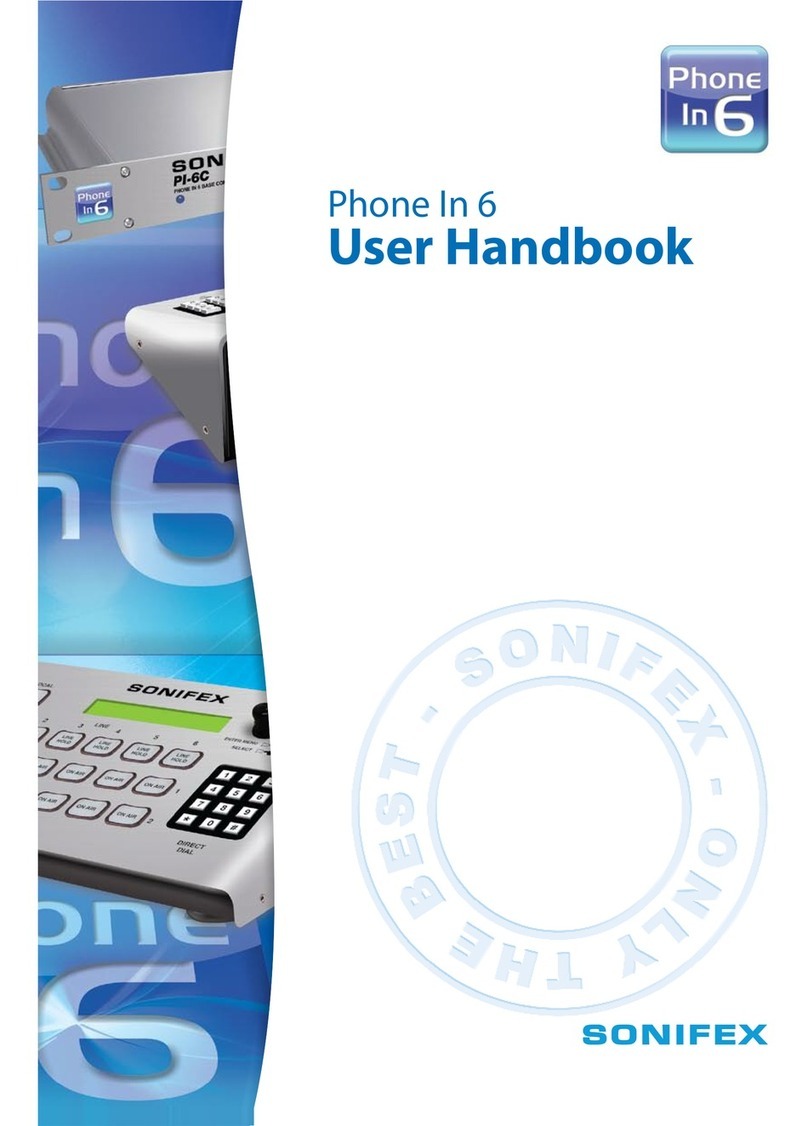Toshiba Strata S Manual
Other Toshiba Telephone System manuals

Toshiba
Toshiba Strata CTX User manual
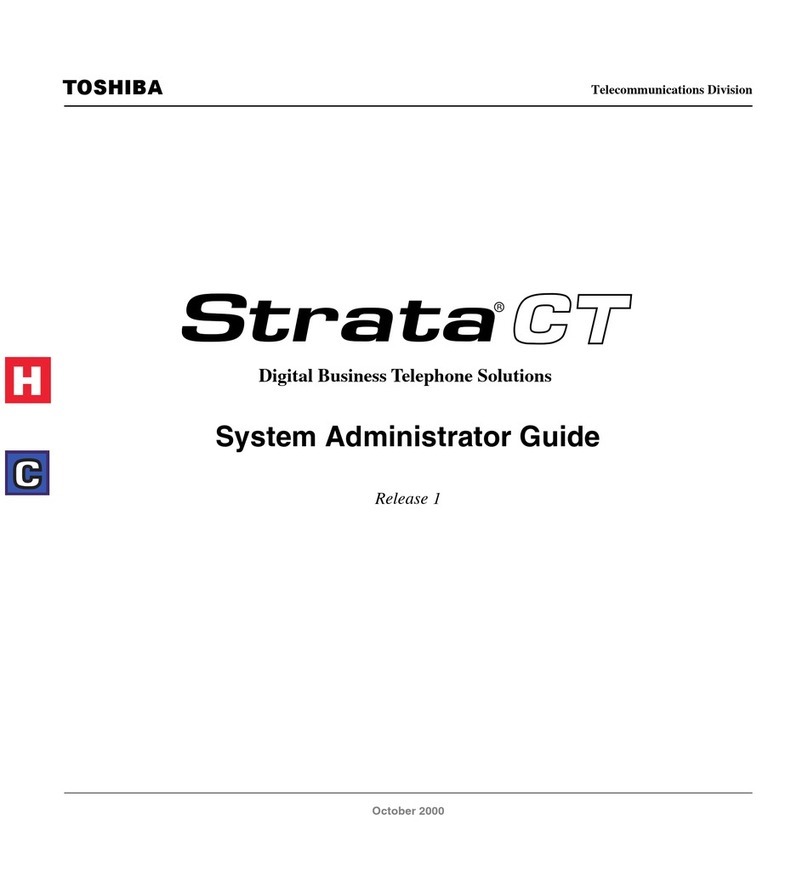
Toshiba
Toshiba Strata CT Service manual
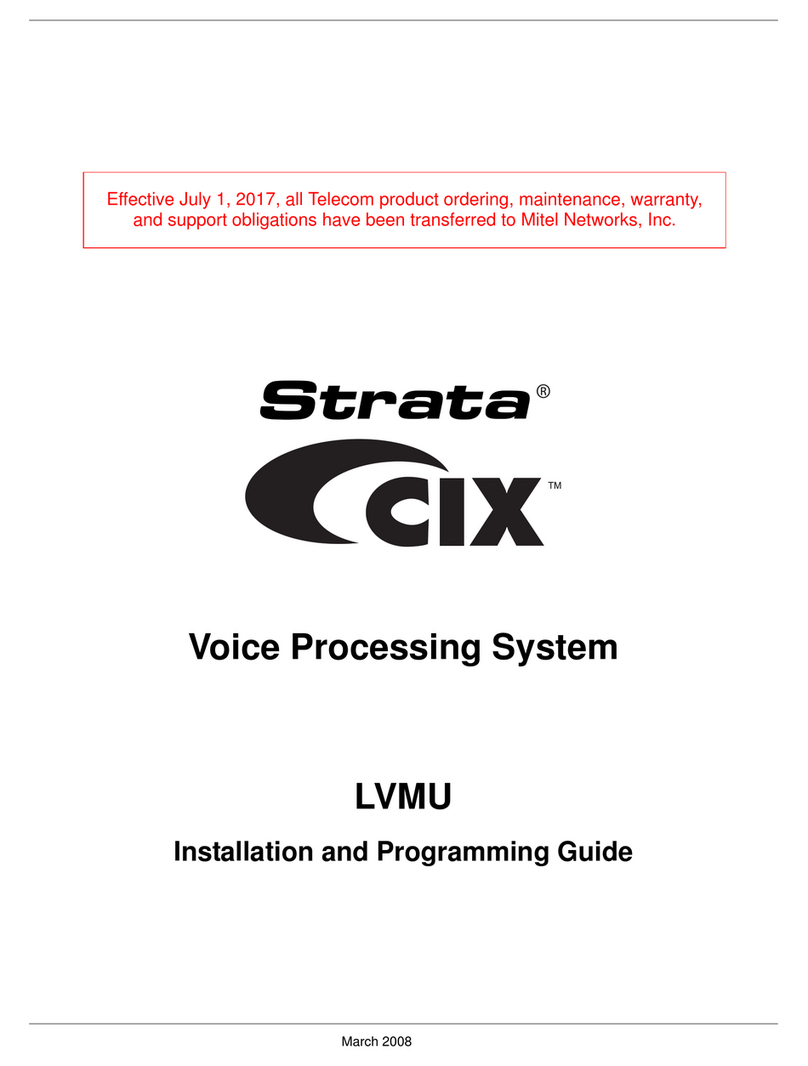
Toshiba
Toshiba Strata CIX LVMU Installation guide
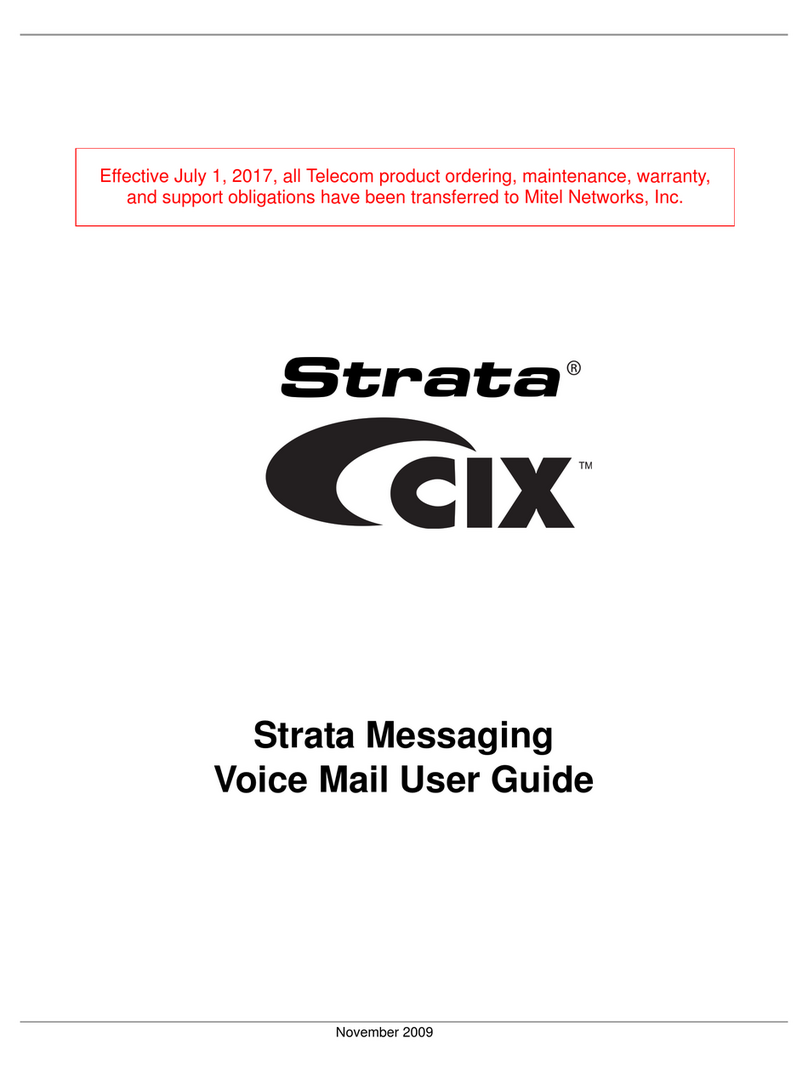
Toshiba
Toshiba Strata CIX LUCA User manual
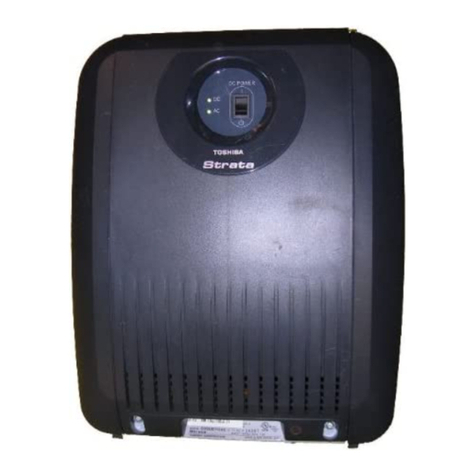
Toshiba
Toshiba Strara CTX Series Manual
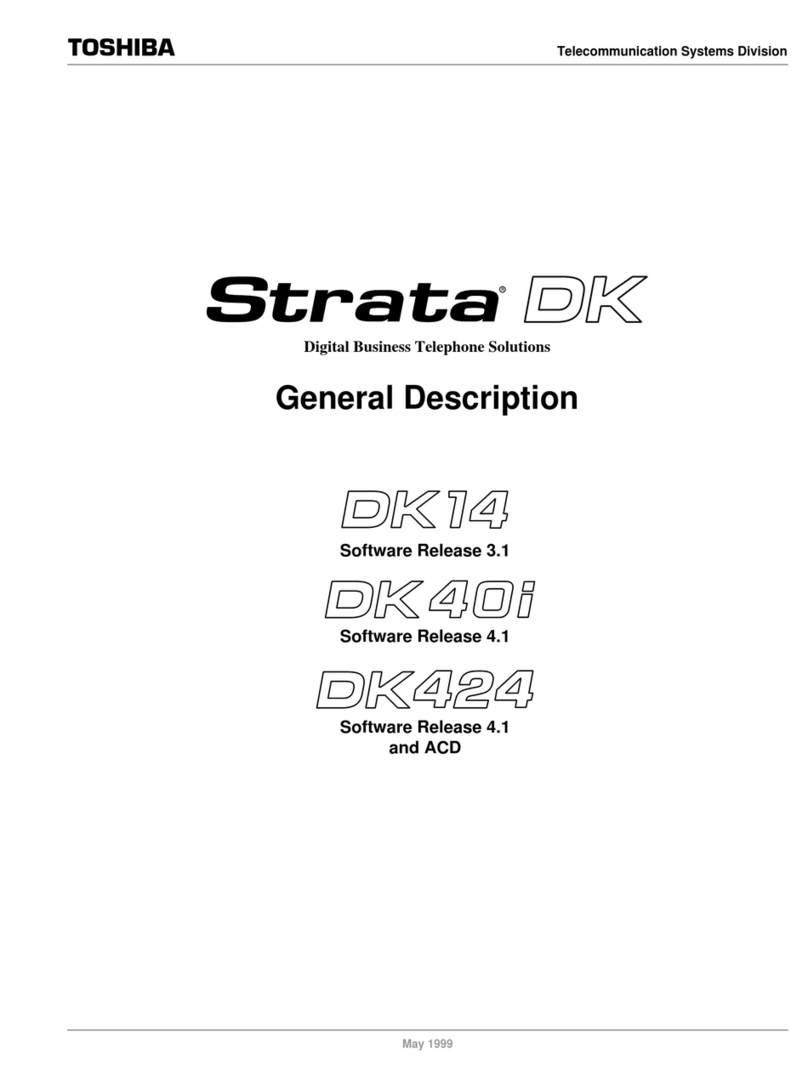
Toshiba
Toshiba Strata DK14 Operating and maintenance instructions
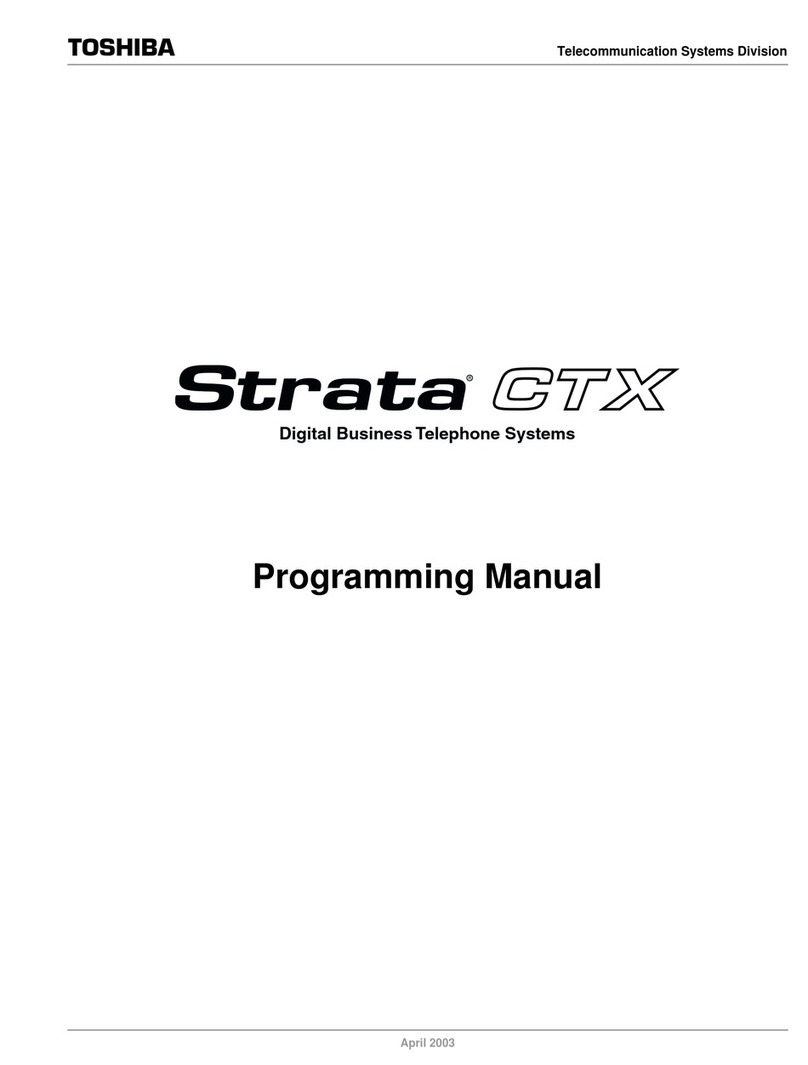
Toshiba
Toshiba Strata CTX Owner's manual
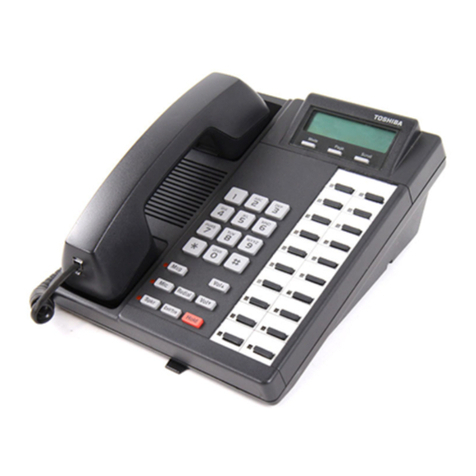
Toshiba
Toshiba Strata DK 2000-series User manual

Toshiba
Toshiba Strata AirLink DK16 Manual
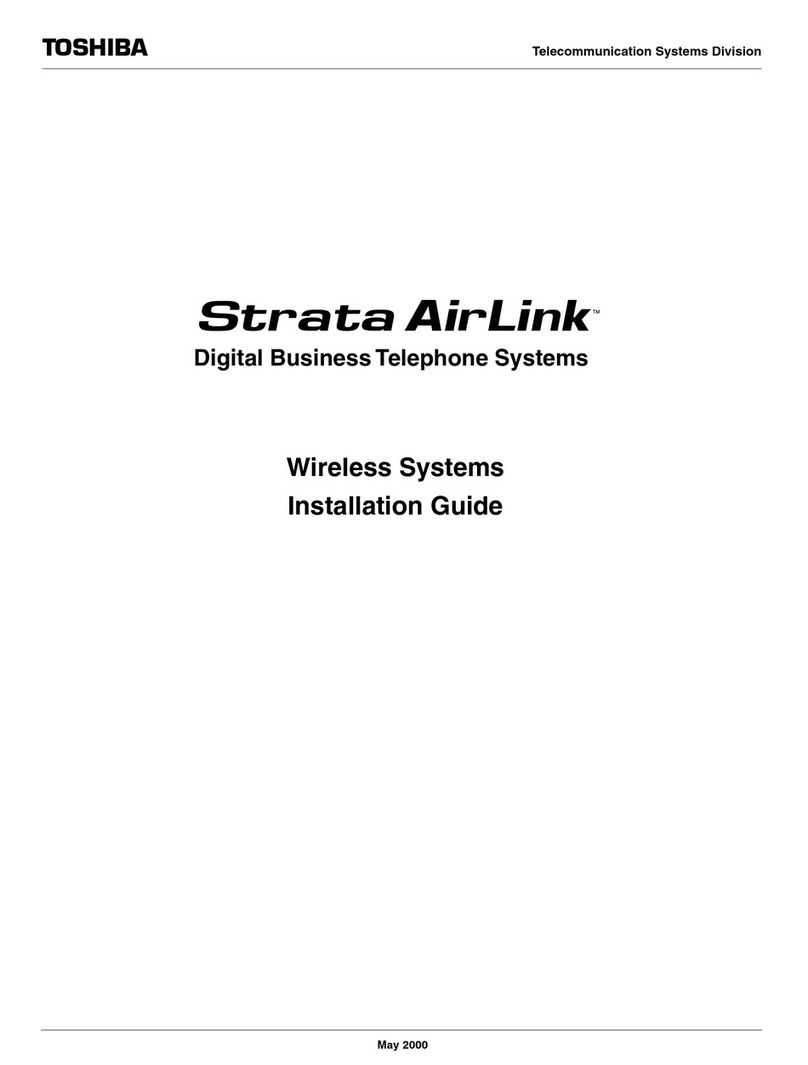
Toshiba
Toshiba Strata AirLink User manual
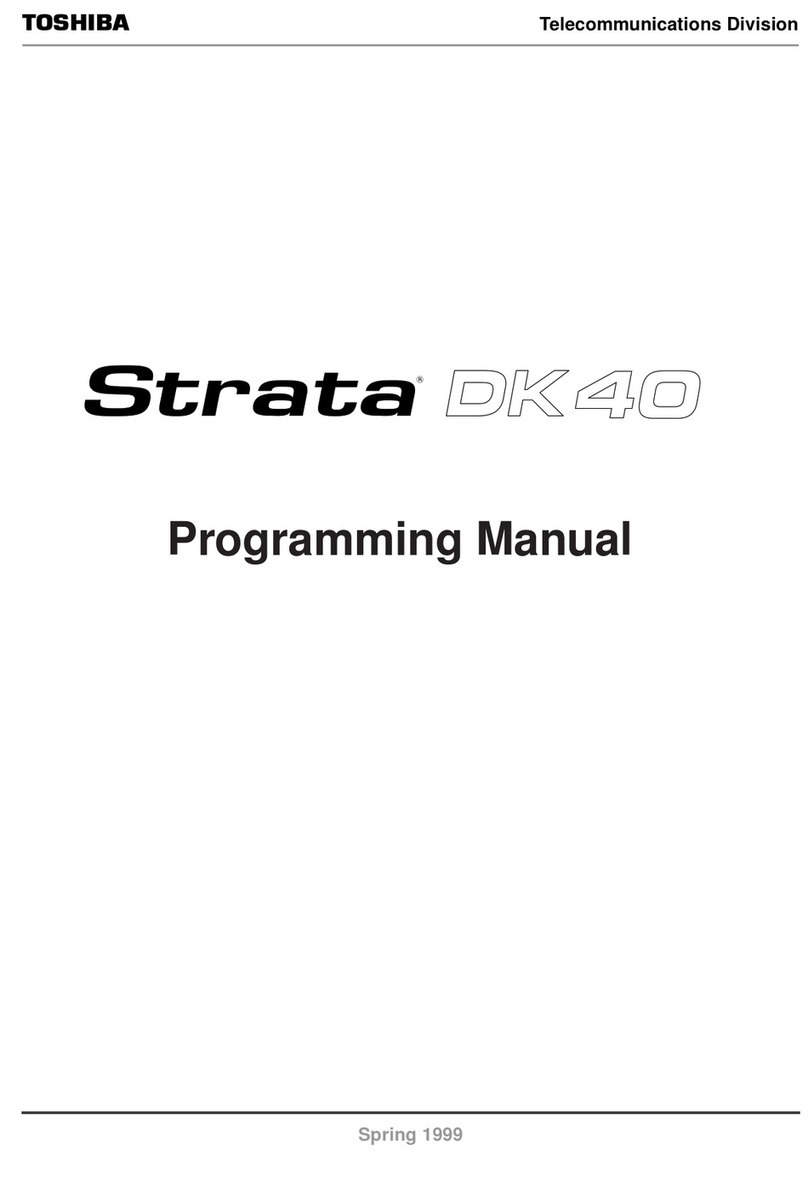
Toshiba
Toshiba Strata AirLink DK40 Owner's manual
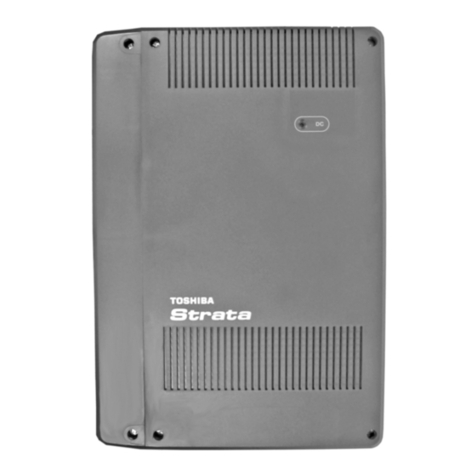
Toshiba
Toshiba Strata CIX40 Manual

Toshiba
Toshiba Strata CIX40 Operating and maintenance instructions
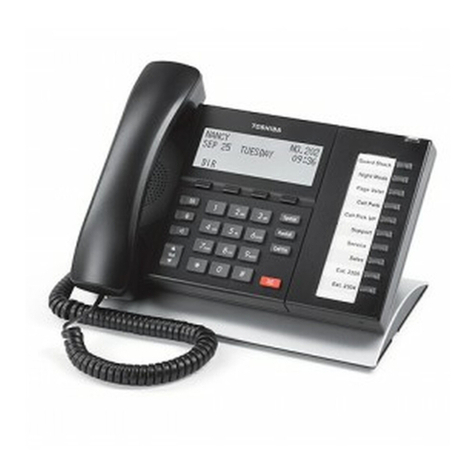
Toshiba
Toshiba IP-PBX DIGITAL TELEPHONE User manual
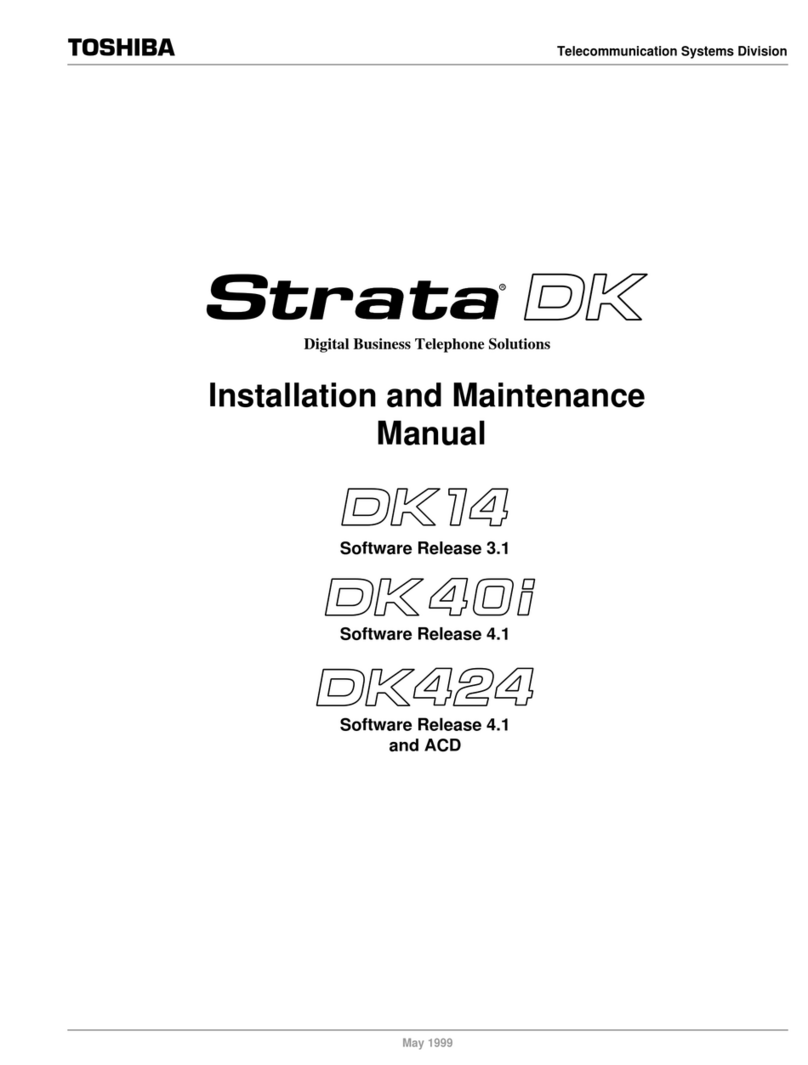
Toshiba
Toshiba Strata DK14 Manual
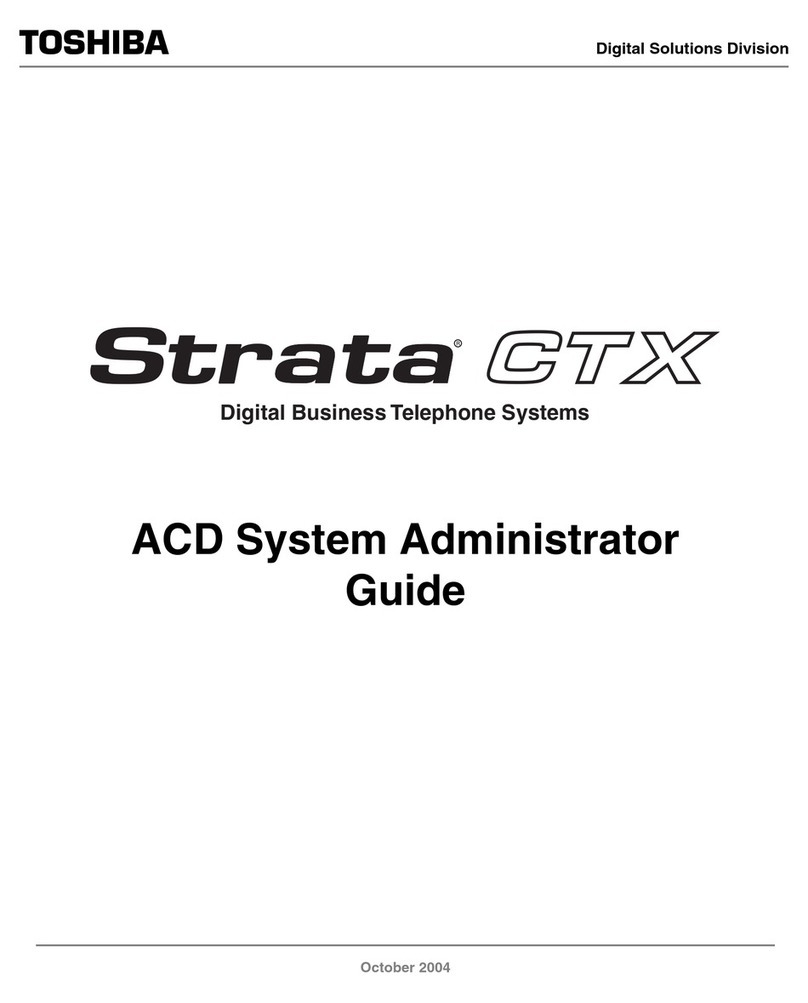
Toshiba
Toshiba Strata CTX User manual

Toshiba
Toshiba Strata CTX Series Manual
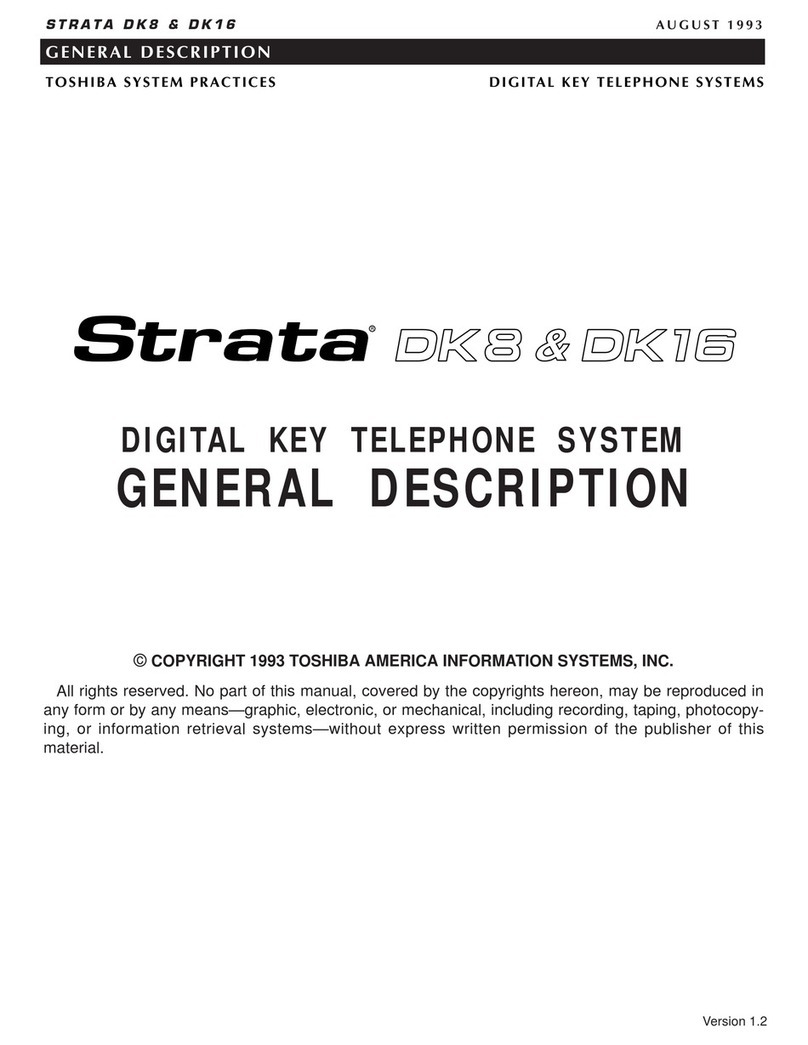
Toshiba
Toshiba Strata DK8 Operating and maintenance instructions
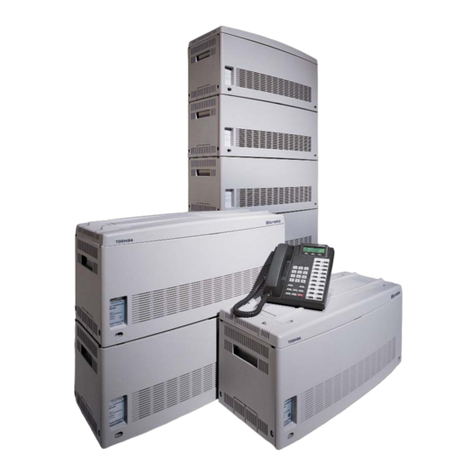
Toshiba
Toshiba Strata CTX670 User manual

Toshiba
Toshiba Strata VI User manual
Popular Telephone System manuals by other brands
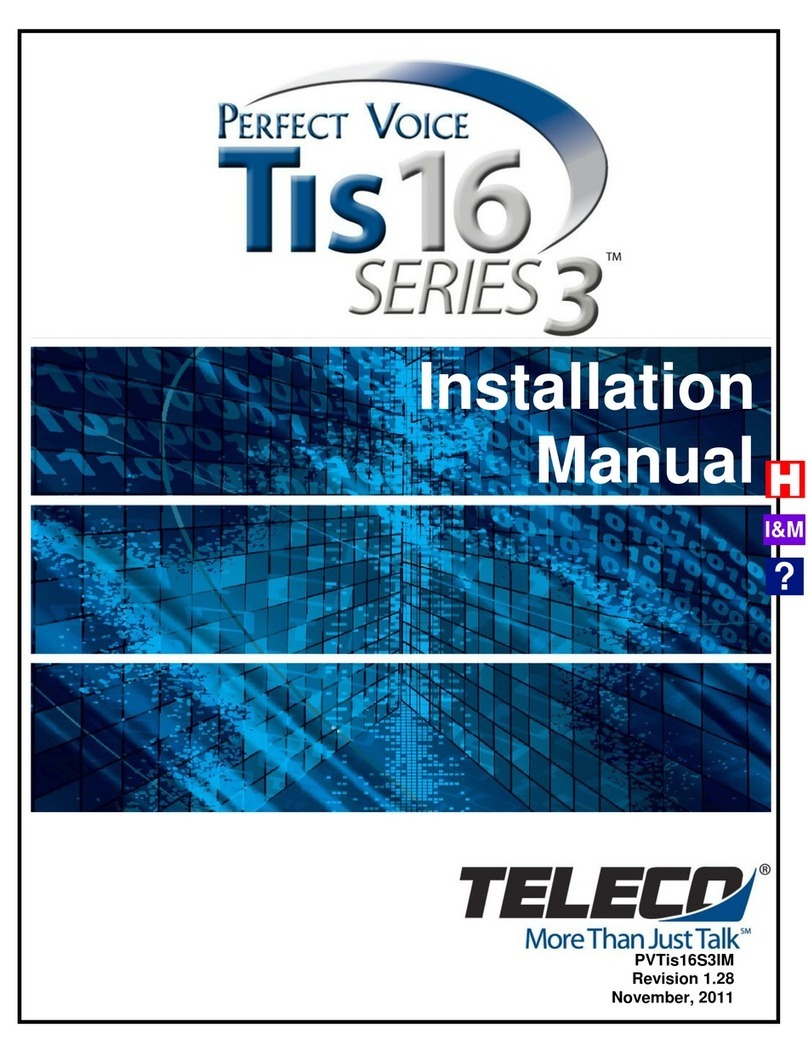
Teleco
Teleco Perfect Voice Tis 16 installation manual
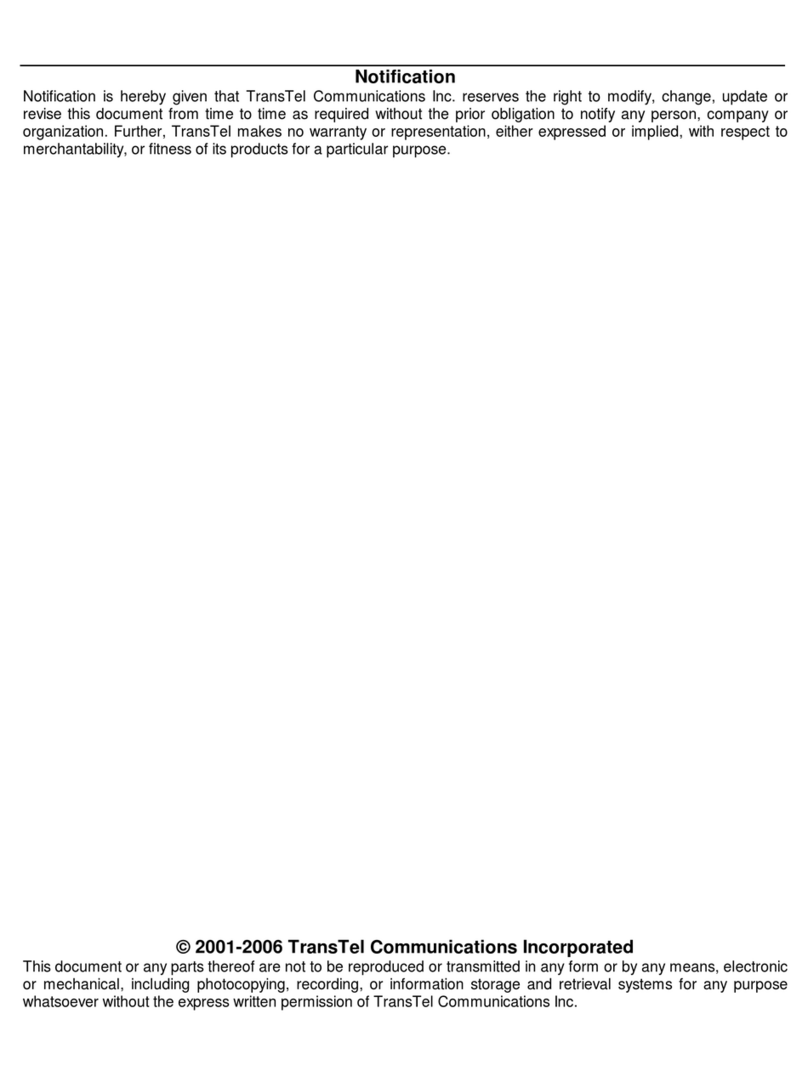
TransTel Communications
TransTel Communications TD-824i Installation and programming manual
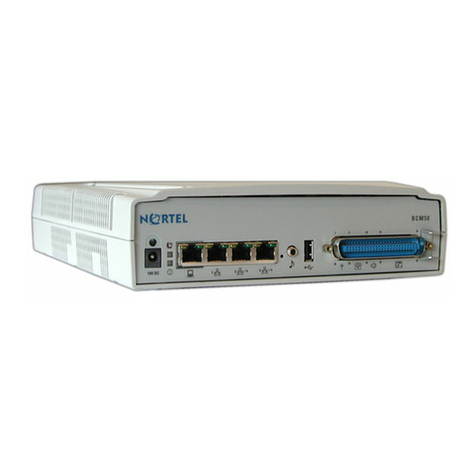
Nortel
Nortel BCM50 Installation and maintenance guide
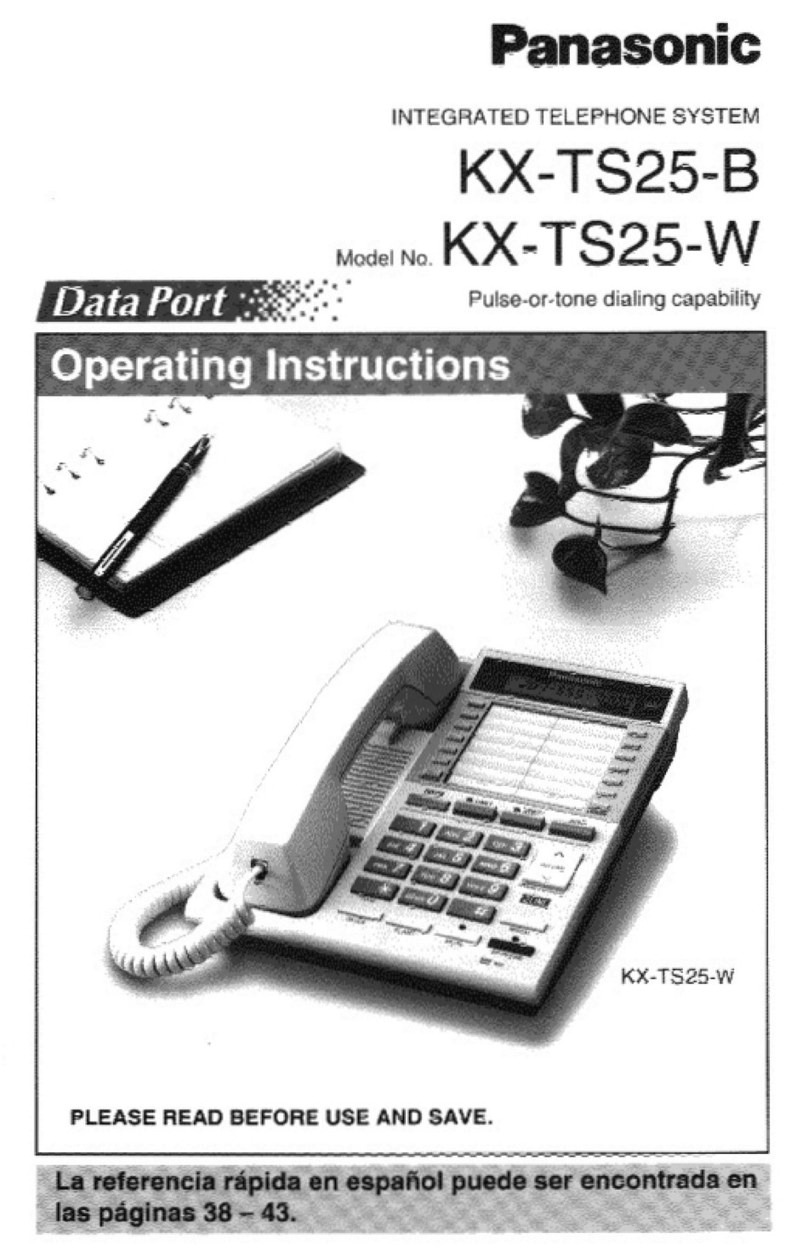
Panasonic
Panasonic KX-TS25B user guide
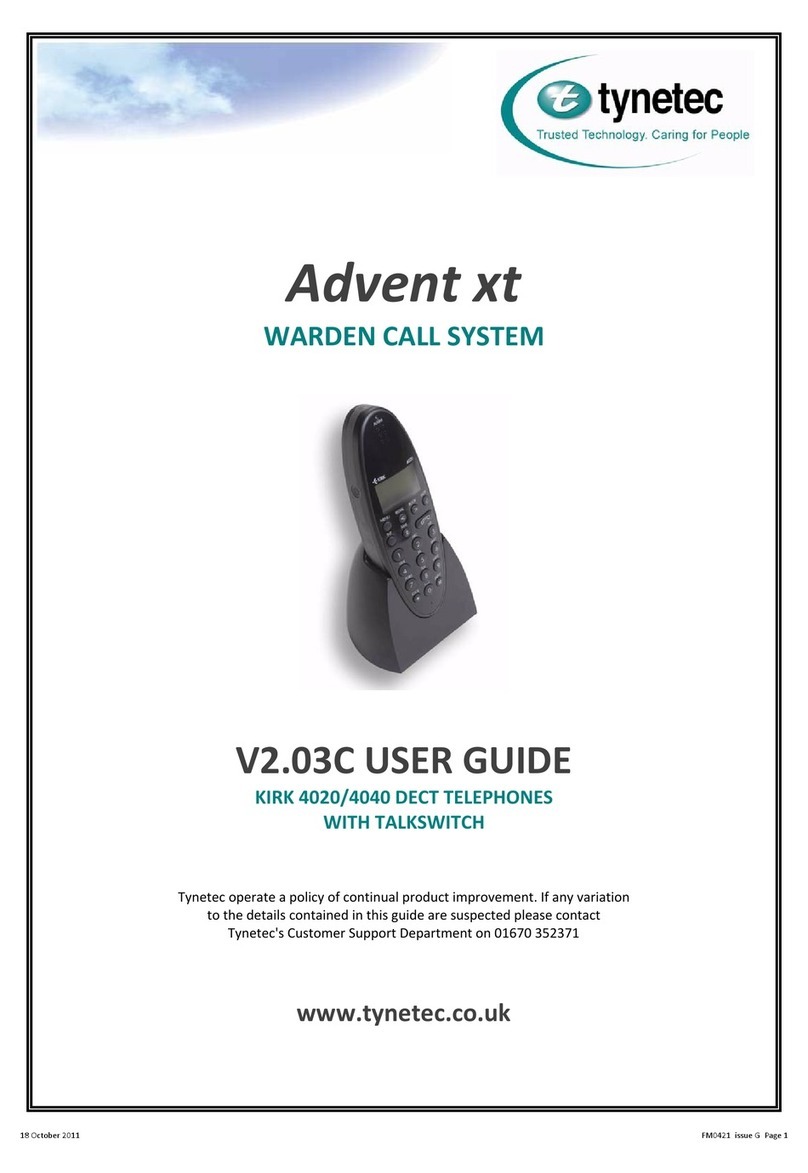
Tynetec
Tynetec Advent xt user guide

Karel
Karel MS26S Easy to use owner's guide

